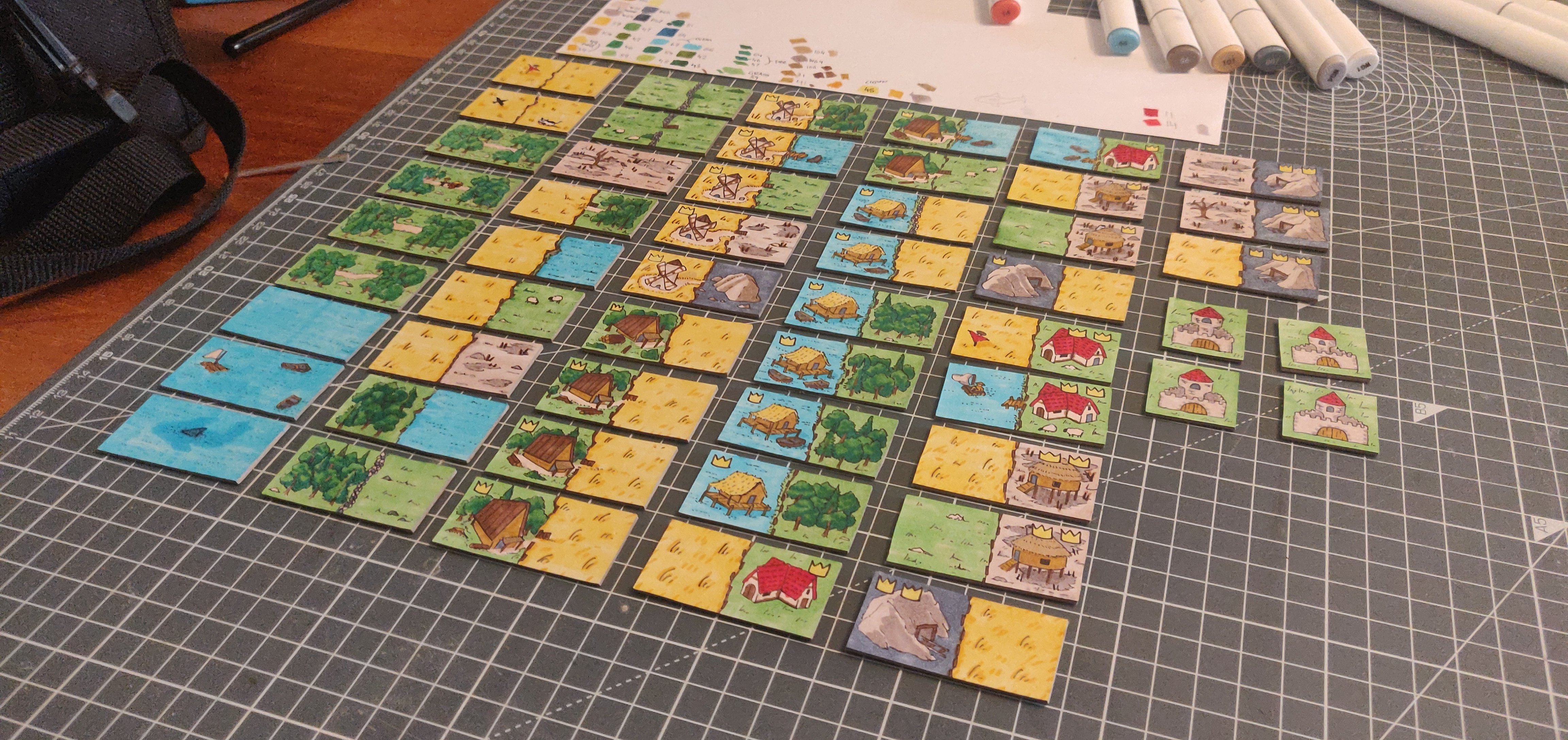

Been playing this since day 1 of early access, its a fantastic game. If you enjoy something like transport tycoon, railroad tycoon, or any of highly detailed logistics sim, I think you would enjoy this. Devs are really attuned to the needs and wants of the players.
The sim is really detailed too, and you can turn on or off any aspects you find too challenging. You have to supply citizens with education, food, luxury goods, jobs, cultural attractions, medical care, water and waste management. Everything that’s consumed in your republic can be produced locally in the republic. You can pay in cash to autobuild that new Chemical factory, or you can produce the bricks, concrete, electrical components, wood, concrete panels locally and have it built by the hands of your own citizens. Even the vehicles to import and export goods for the production of chemicals can be built in factories within the republic!
my greatest achievement in this game was building a town of 10k people and a nuclear power industry entirely from scratch with no autobuying. That includes the entire nuclear fuel production chain and waste disposal, the RBMK reactor and dozens of kilometres of rail networks and power lines to move uranium to the plant and export power at the border.









And one day your child will grow and cut theirs into rectangle, the circle of sandwich life continues.
PersonallyI I cut mine into irregular polyhedrons.